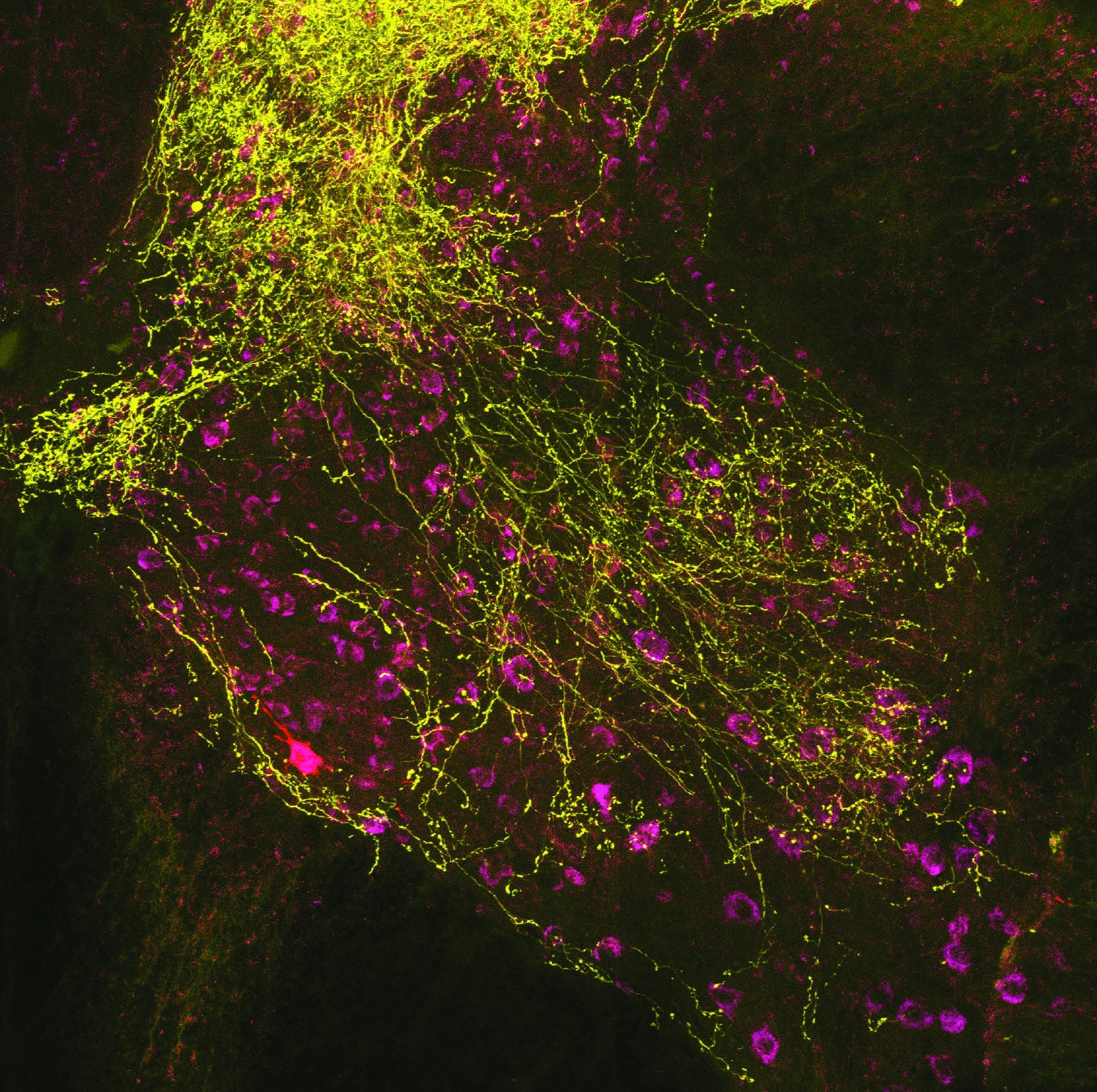You are here
Promoting Axonal Plasticity Following Spinal Cord Injury
Speakers
Abstract
Traumatic lesions to the spinal cord lead to the transection of descending and ascending axonal tract systems. If these lesions are complete – i.e. if all axons in the spinal cord are transected – severe and persistent functional deficits ensue. If however the lesions are incomplete and some axonal tracts are spared, some recovery of function can be observed. We are studying the anatomical, functional and molecular mechanisms underlying the recovery process in an attempt to develop new therapeutic strategies that can support spinal cord repair in neurological disease caused by trauma. Over the recent years we have used various axonal tracts – ascending and descending pathways – to study how axonal connections remodel in response to injury. We could identify the de novo formation of intraspinal detour circuits as a key remodelling process that mediates recovery of function. We are currently using (i) anterograde, retrograde and trans-synaptic tracing techniques in combination with confocal microscopy to reveal the anatomy of spinal detour circuits, (ii) genetic and pharmacological manipulations to dissect the molecular interactions that regulate detour circuit formation and (iii) electrophysiological recordings and behavioural testing to assess effects on functional recovery.


